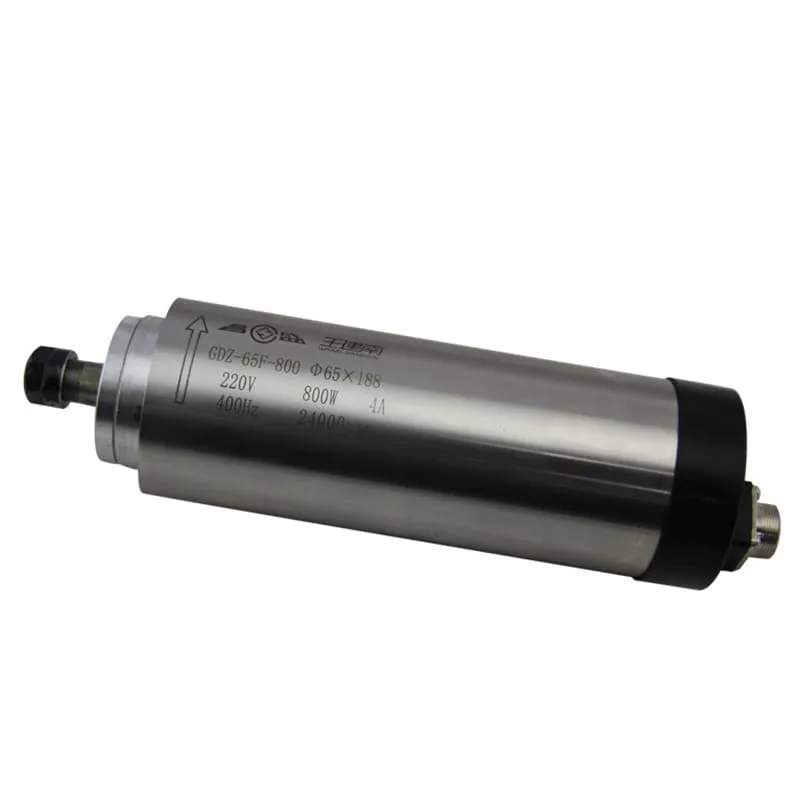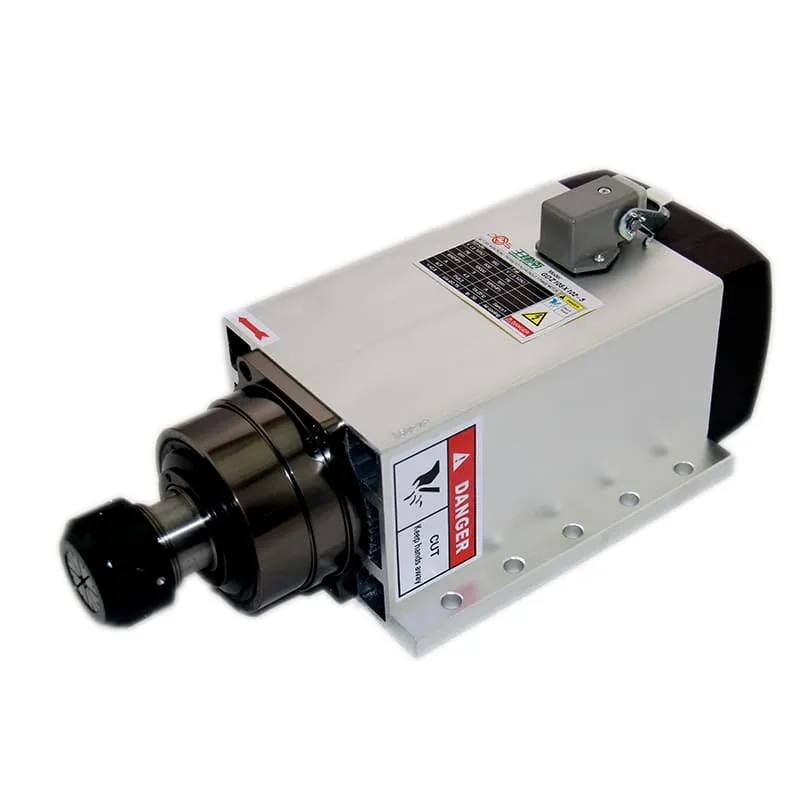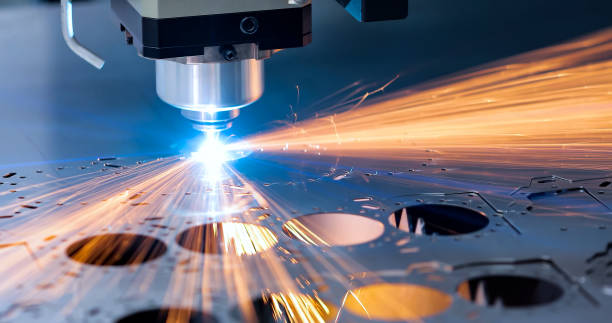Leveling a CNC machine is an essential step in ensuring that it operates accurately and consistently. Proper leveling can significantly impact the performance, accuracy, and lifespan of your CNC machine. This guide will walk you through the complete process of how to level a CNC machine, including tools required, step-by-step instructions, and useful tips for maintaining precision. Let’s dive into this crucial setup process to help you achieve the best possible results with your CNC machine.
Why Leveling a CNC Machine is Important
Leveling your CNC machine is more than just ensuring it sits straight on the floor. It’s about eliminating any discrepancies that might affect the precision of your machining processes. Proper leveling ensures that all axes move without strain, reducing wear on components such as linear bearings, ball screws, and servo drives.
Benefits of Leveling Your CNC Machine
- Precision in Machining: Accurate leveling reduces vibrations and ensures precision in every cut, which is critical for high-quality machining.
- Reduced Wear and Tear: When a CNC machine is not level, parts like the spindle and tooling may wear out faster. Proper leveling ensures that all forces are distributed evenly.
- Stability in Large Projects: Especially for heavy-duty CNC machines, leveling helps keep the machine stable during large and intricate projects, preventing distortion.
Leveling the machine correctly also helps achieve the desired outcome when working with different spindles, such as the 24000RPM 800W ER11 Water-Cooled Spindle. This spindle, for example, is used for high-speed operations, and leveling directly impacts its accuracy. 
Tools Required for Leveling a CNC Machine
Before you begin leveling your CNC machine, gather the necessary tools to make the process efficient and precise. Here are some key tools required:
Essential Leveling Tools
- Rotary Laser Level: Used for aligning the entire machine bed and verifying levelness across larger dimensions.
- Precision Spirit Level: A highly sensitive spirit level is necessary for fine adjustments.
- Adjustable Wrenches: For tightening or loosening bolts on the leveling feet.
- Dowel Pins: Helpful for aligning components during leveling.
- Laser Leveling Sensor: For modern CNC machines, laser-level sensors can provide real-time data to adjust precisely.
Choosing the Right Tools
- Rotary Laser Levels are especially useful when working with larger machines or router tables like those from Blue Elephant CNC. The laser allows you to check the level in multiple directions quickly.
- For more fine adjustments, the precision spirit level helps ensure accuracy, especially in the X-axis and Y-axis.
Step-by-Step Guide to Leveling Your CNC Machine
Leveling a CNC machine involves carefully adjusting all its feet so that it sits evenly, both front to back and side to side. Here’s a step-by-step process to help you:
Step 1: Preparing the Machine
- Clear the Area: Make sure the machine is positioned on a clean, stable surface. Remove any obstacles around the CNC machine to provide a clear workspace.
- Check the Machine Feet: Inspect the leveling feet for wear or damage. Replace any worn-out feet before starting.
- Gather Tools: Ensure all leveling tools are within reach, including the rotary laser level and spirit level.
Step 2: Initial Level Check
- Place the Spirit Level on the Machine Bed: Start by placing a precision spirit level on the machine bed. Ensure that the level is placed directly on the machine’s reference points, as this provides the most accurate readings.
- Adjust the Foot Pads: Begin by adjusting the leveling feet. If the spirit level indicates that one side is higher than the other, adjust the respective foot pads accordingly.
- Use a Rotary Laser Level: For larger CNC routers or tables, use a rotary laser level to get an initial read on overall alignment.
Step 3: Fine Adjustments
- Use Precision Tools: Make small, precise adjustments using the spirit level. After each adjustment, wait for the machine to settle, then take another reading.
- Adjust Along All Axes: Level the machine along both the X-axis and Y-axis. Repeat the leveling process for the Z-axis to ensure vertical alignment.
- Check for Twist: Use dowel pins to check for any twisting in the machine bed, especially important for 4-axis or 5-axis CNC machines.
Step 4: Securing the Level
- Tighten the Leveling Bolts: Once you are satisfied that the CNC machine is level, tighten all leveling bolts securely. Be cautious not to overtighten, as this could distort the machine frame.
- Recheck Alignment: After tightening, recheck the level to ensure nothing shifted during the process.
Step 5: Final Verification
- Run a Test Program: After leveling, run a simple test program to verify the machine’s operation. Use a light engraving pattern or test cut to observe any deviations.
- Monitor for Vibrations: Listen for any unusual sounds or vibrations that might indicate incorrect leveling.
Using high-quality spindles like the 2.2KW ER20 Air-Cooled Spindle during this process helps ensure consistent performance after leveling. 
Common Mistakes to Avoid When Leveling a CNC Machine
Leveling a CNC machine might seem straightforward, but even small mistakes can affect machining quality. Here are some common mistakes to watch out for:
Mistake #1: Ignoring Floor Surface
- Impact: The type of floor beneath the CNC machine can significantly affect its levelness. A concrete floor is ideal, but if there are any inconsistencies or cracks, these can impact the accuracy of leveling.
- Solution: Place the machine on a flat, stable surface. If the floor is not even, consider adding a base plate to create a stable foundation.
Mistake #2: Skipping the Z-Axis Level Check
- Impact: Many machinists level only the X-axis and Y-axis, forgetting the Z-axis. The Z-axis needs to be perpendicular to the machine bed for vertical cutting.
- Solution: Always check the level of the Z-axis to avoid inaccuracies in the depth of cuts.
Mistake #3: Not Rechecking After Tightening
- Impact: Tightening the bolts too quickly or unevenly can shift the machine slightly, resulting in a non-level setup.
- Solution: After tightening all bolts, recheck the machine’s level and make adjustments as needed.
Leveling CNC Machines of Different Types
Different types of CNC machines require different approaches to leveling. Let’s explore how to level various machines, such as CNC routers, mills, and lathes.
Leveling a CNC Router
CNC routers, such as those made by Blue Elephant or Avid CNC, often have larger bed sizes. To level them:
- Use Laser Levels: A rotary laser level can be very helpful due to the length and width of the bed.
- Check Leg Adjustments: Routers have multiple legs, and each should be adjusted individually to maintain a flat table.
Leveling a CNC Mill
Milling machines, like vertical mills, require:
- Precision Spirit Leveling: Place the spirit level directly on the mill table and adjust until no deviations are visible.
- Multiple Checks: Recheck after every foot adjustment to maintain precision.
Leveling a CNC Lathe
For CNC lathes, particularly heavy ones like Mori Seiki models:
- Check Bed Twist: Any twist in the bed can affect spindle alignment, resulting in poor-quality cylindrical parts.
- Use Dowel Pins: Align components using dowel pins to ensure that the tailstock is perfectly aligned with the spindle.
Maintaining Your CNC Machine’s Level Over Time
Once your CNC machine is properly leveled, maintaining that level is critical for consistent performance. Here’s how you can keep your machine in top condition:
Regular Inspections
- Weekly Checks: Use a precision level to inspect the machine’s alignment weekly. This helps catch any discrepancies early before they affect machining quality.
- Monthly Re-Leveling: For machines that see heavy use, re-level the machine at least once a month. Repeated stress can slowly alter the level.
Environmental Considerations
- Temperature Changes: Temperature shifts can cause expansion or contraction in machine parts, affecting the level. Always inspect the machine after a significant temperature change.
- Vibrations from Nearby Equipment: If other heavy equipment operates nearby, vibrations may gradually cause your CNC machine to shift. Isolation pads can help mitigate this.
Using a well-leveled CNC machine along with quality spindle components like the 5.5KW ER32 4-Pole Air-Cooled Spindle ensures that you maintain accuracy and extend the life of your machine. 
FAQs
1. How often should I level my CNC machine?
Ideally, you should inspect and adjust the level of your CNC machine every one to three months, depending on usage and the environment. Machines in heavy-duty environments may need more frequent checks.
2. What are the key tools needed for leveling a CNC machine?
You need a precision spirit level, rotary laser level, adjustable wrenches, and dowel pins for proper leveling. The laser level is especially useful for larger machines.
3. Can I level my CNC machine without a laser level?
Yes, but using a rotary laser level makes the process faster and more accurate, particularly for large machines or those with complex geometries.
4. How can improper leveling affect my CNC projects?
Improper leveling can cause vibrations, inaccurate cuts, and tool wear, resulting in poor-quality parts. This is especially critical when using high-speed spindles like the 24000RPM 0.8KW ER11 Water-Cooled Spindle.
5. How do I know if my CNC machine is not level?
If you notice inconsistent cutting depths, vibrations, or misalignment in multi-part projects, it’s a good indication that your machine is not level.
Conclusion
Leveling a CNC machine is a fundamental step that significantly impacts the quality and precision of your machining projects. Whether you’re working with routers, mills, or lathes, proper leveling ensures that all components function optimally. By using the right tools, following a consistent leveling process, and maintaining that level over time, you can extend the lifespan of your machine, reduce wear on components, and deliver high-quality results. Invest in high-quality spindles and components, such as those available at spindlemotorshop.com, to ensure your machine operates at peak efficiency. Proper leveling is the foundation of precision in CNC machining—so make it a priority in your setup routine.

